Back in 2005, NASA’s Mars Reconnaissance Orbiter (MRO) began sending data back from our neighboring red planet, in hopes of discovering signs of water.
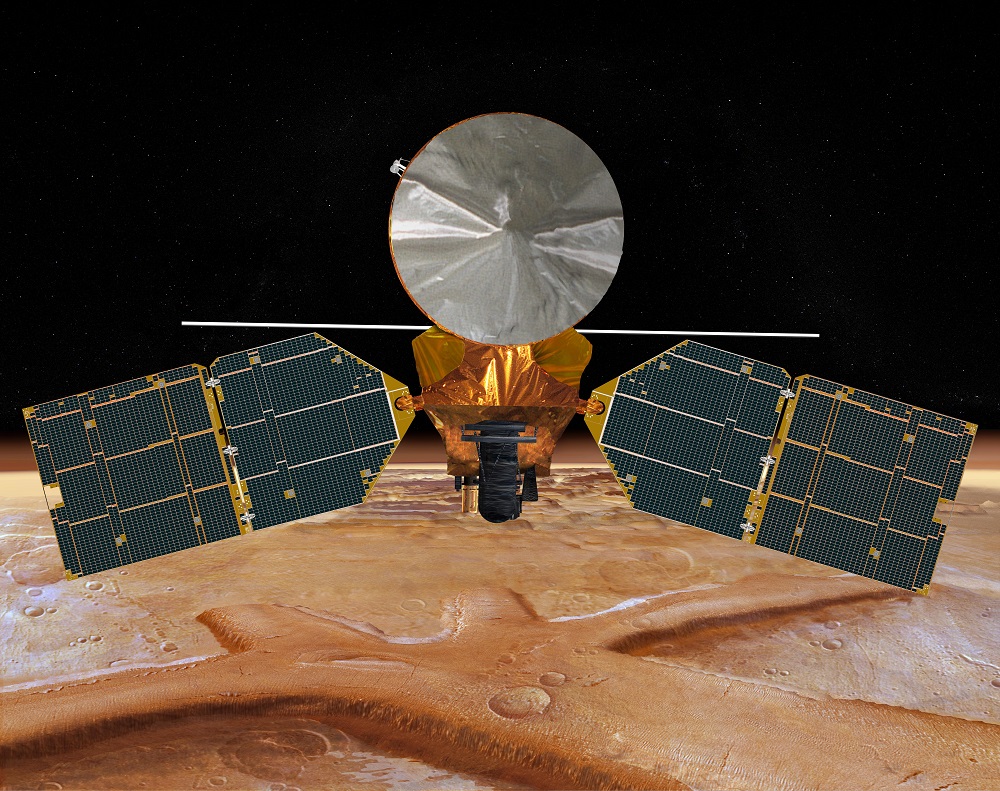
While this is still the Orbiter’s primary task, it is also tasked with providing the Agency high-resolution photographs of the Martian surface. Tens of thousands of images have been uploaded thus far, and just this past month, another 1,000 photos was added to the archive.
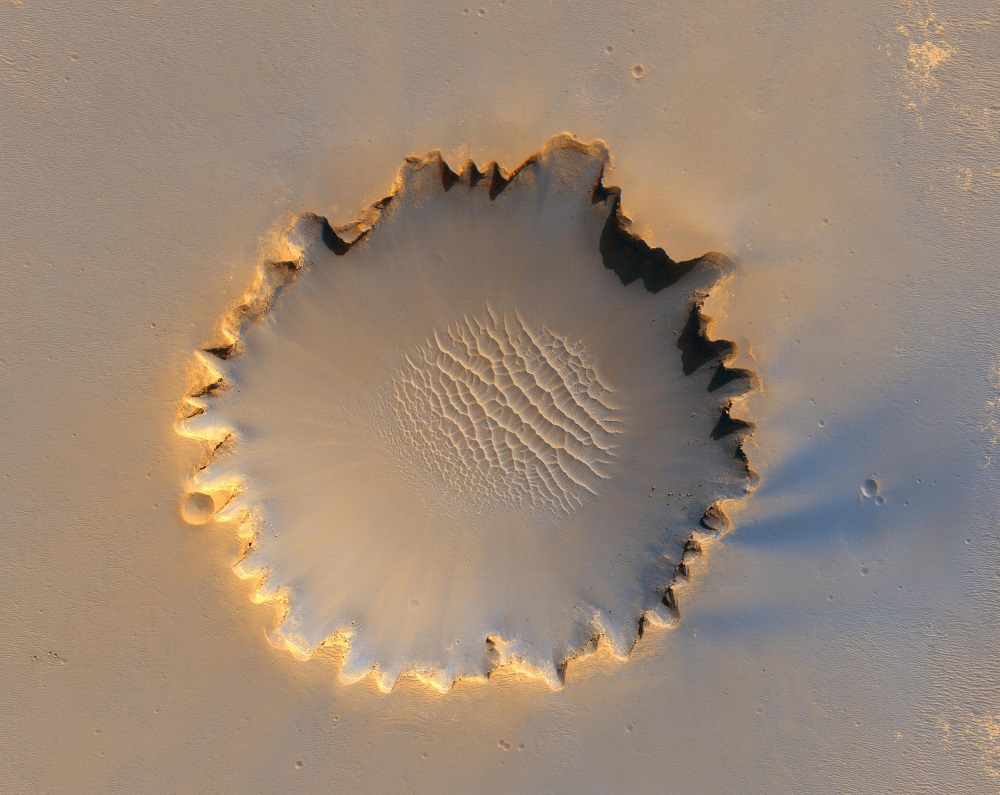
This latest batch is particularly noteworthy due to the timing with which they were transferred. You see, every 26 months, Mars is in “opposition” with the sun — this means the sun and Mars are on opposite sides of the Earth. It’s during this time that scientists have a direct connection with the orbiter, which allows for larger data transfers.
What’s more, the most recent “opposition” period, if you will, happened at a time when the sun was shining on Mars’ equator. This gave the orbiter a significantly improved view of the planet, including the areas near the poles that are at all other times of the year, covered in shadow.
Beyond the sheer awe that some of these photos inspire upon first glance, they’re actually pretty useful to scientists; specifically, for the purpose of understanding Mars’ surface. Information gleaned from these images will be used to update maps of the planet which, in turn, will come to influence where to send surface rovers in future missions to Mars.
The following are some of the more impressive MRO photos sent over in the recent batch:
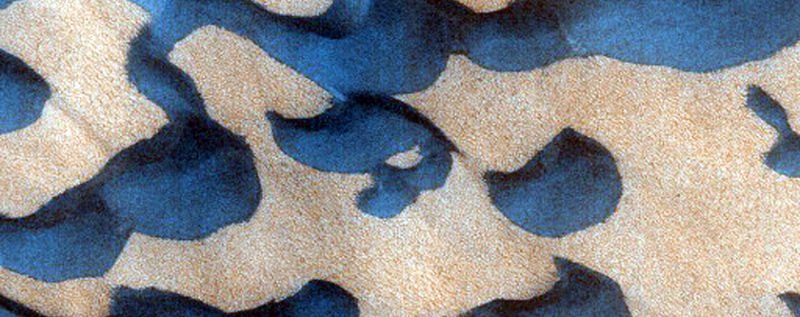 Gullies in Dunes Dubbed Kolhar
Gullies in Dunes Dubbed Kolhar 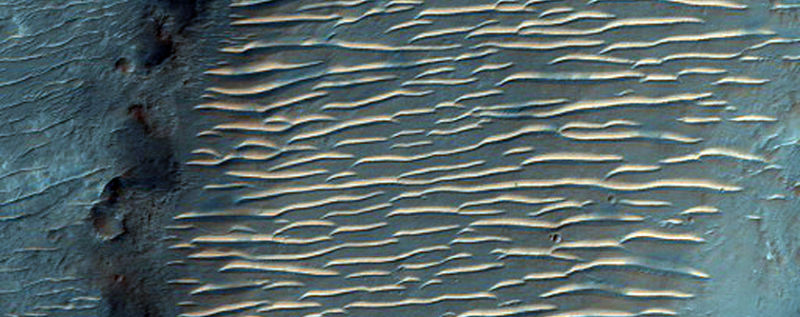 Valley with Flows in Noachls Terra
Valley with Flows in Noachls Terra
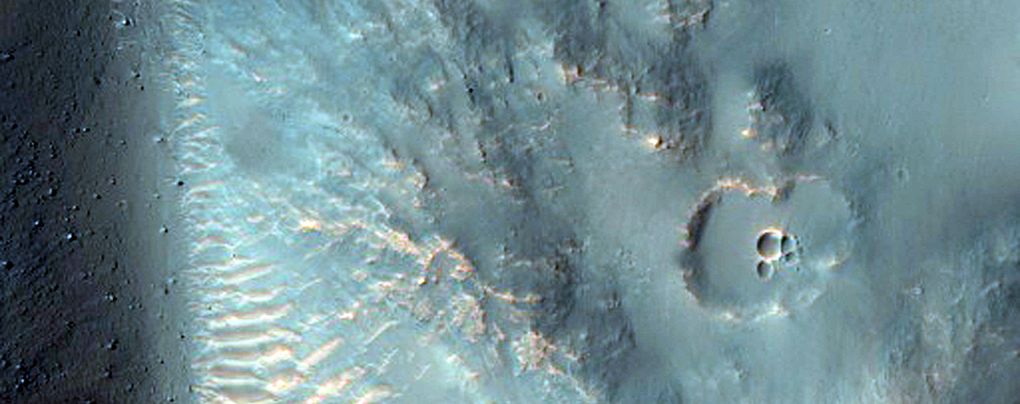 Crater in Hesperia Planum, a lava plain in Mars’ southern highlands
Crater in Hesperia Planum, a lava plain in Mars’ southern highlands
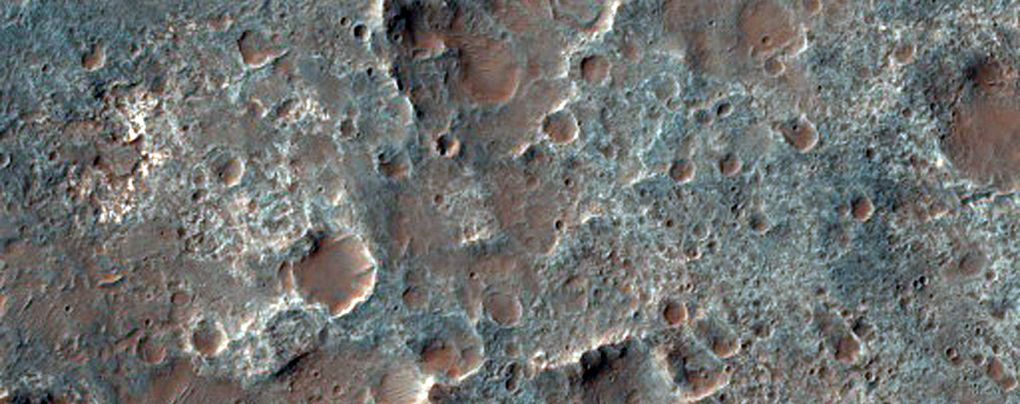 Landforms at West End of Her Desher Vallis
Landforms at West End of Her Desher Vallis
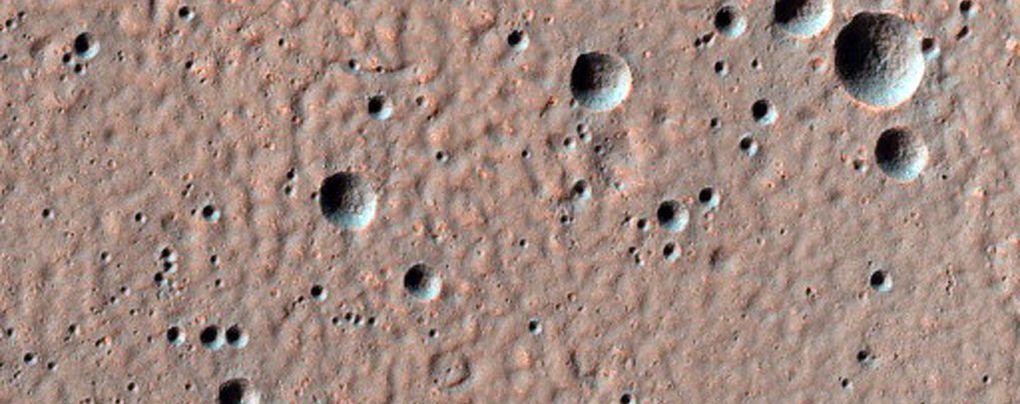 Craters on Crater Fill
Craters on Crater Fill
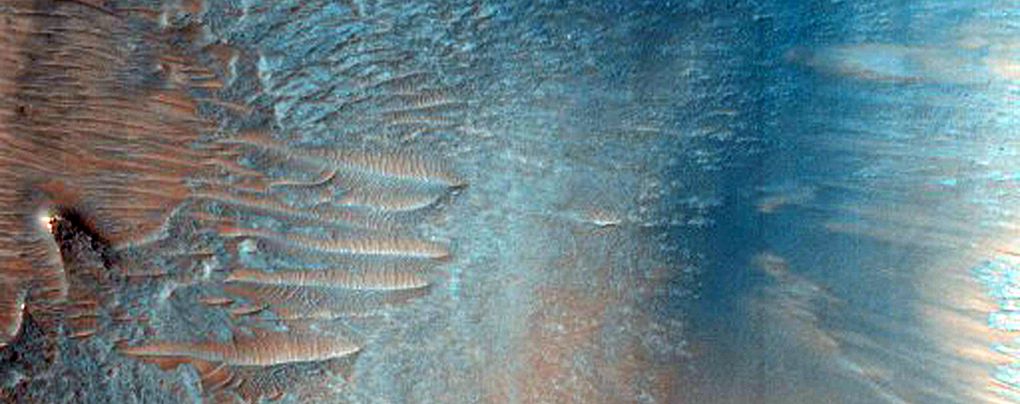 Slopes of Crater in Melas Chasma
Slopes of Crater in Melas Chasma
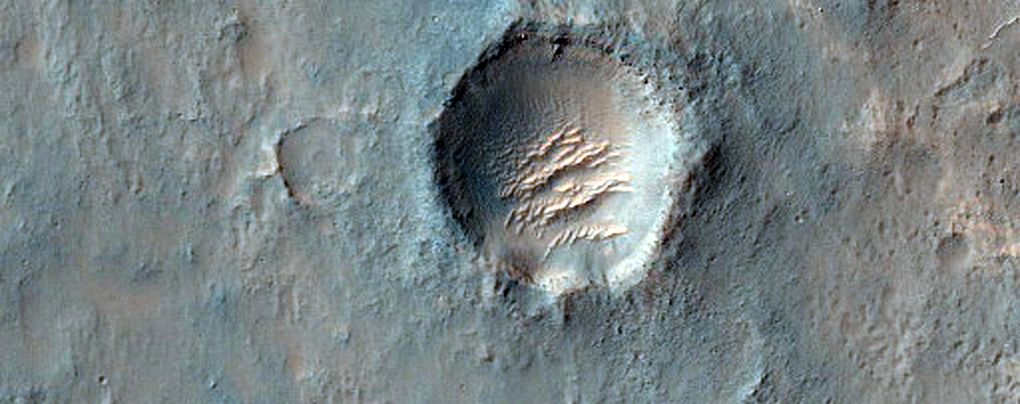 Atlantis Chaos
Atlantis Chaos
 Slope near Acidalia Planitia (fans of The Martian book / movie will recall this location on the red planet)
Slope near Acidalia Planitia (fans of The Martian book / movie will recall this location on the red planet)
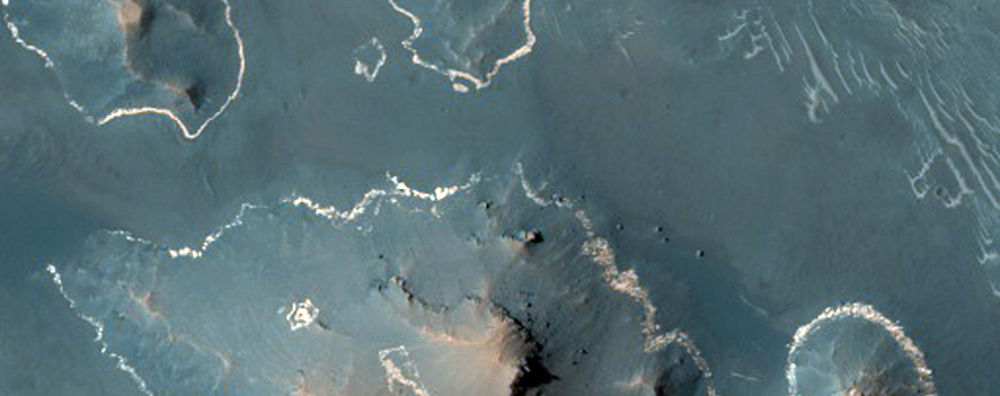 Rock exposures in Noctis Labyrinthus – the white lines are believed to be volcanic ash exposed along the bases of hills and mesas
Rock exposures in Noctis Labyrinthus – the white lines are believed to be volcanic ash exposed along the bases of hills and mesas
 Depression with Terraced Margins Northwest of Nicholson Crater
Depression with Terraced Margins Northwest of Nicholson Crater
View all the photos over at the High Resolution Imaging Science Experiment’s website, along with all the photos that have been received from Mars. In total, there are over 44,000 images ready for one’s perusal.
All images via NASA/JPL/University of Arizona.
Advertisement
Learn more about Electronic Products Magazine





